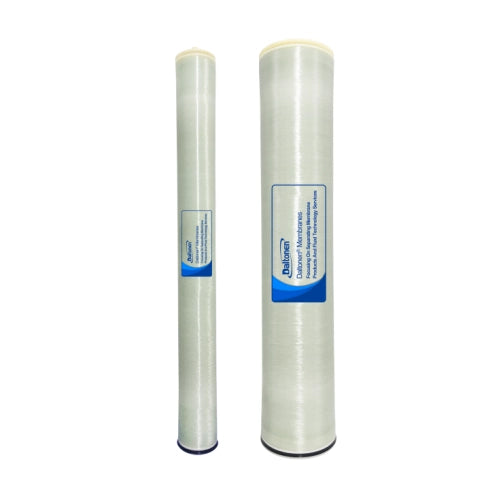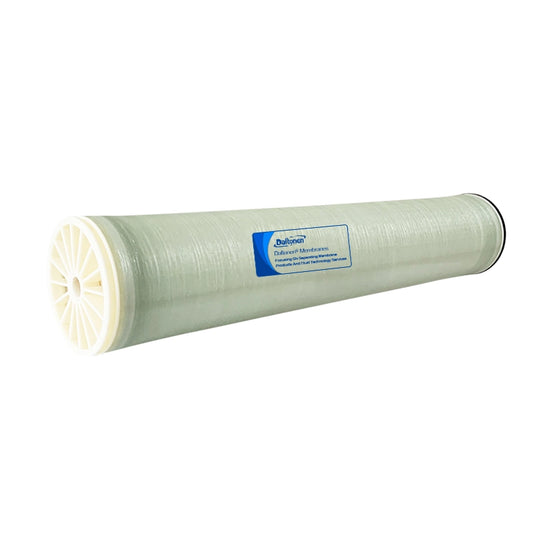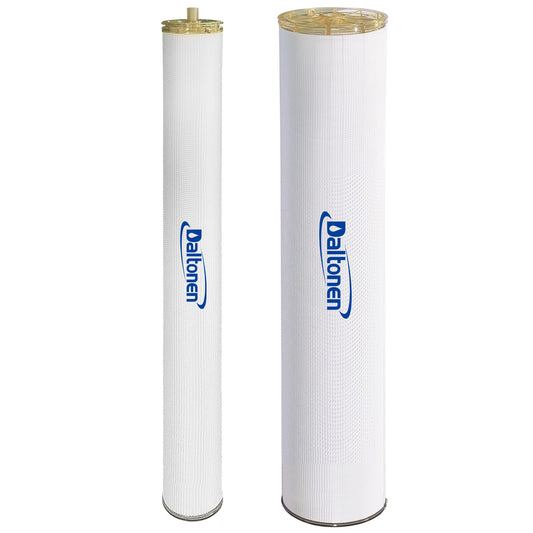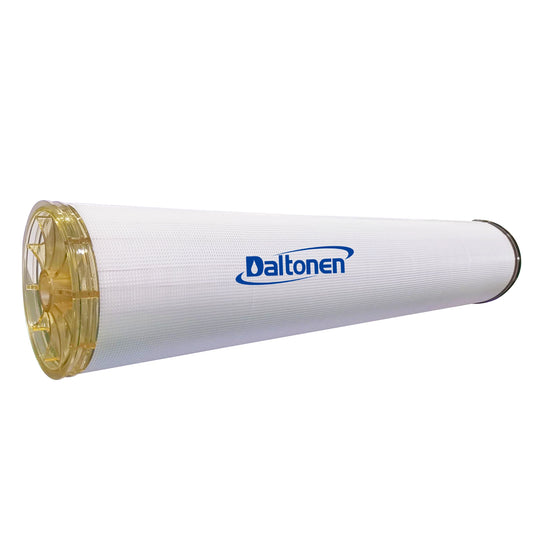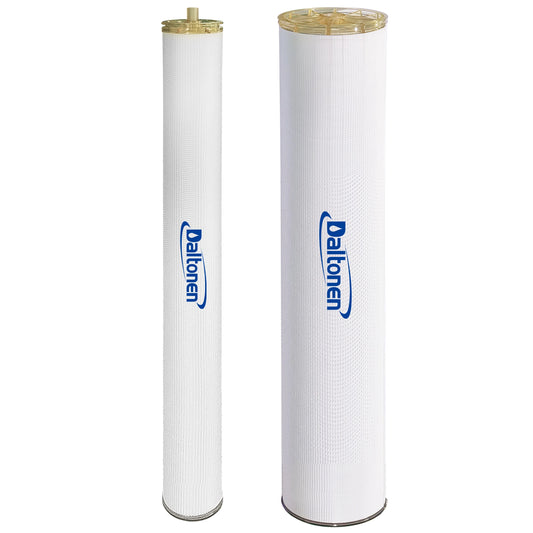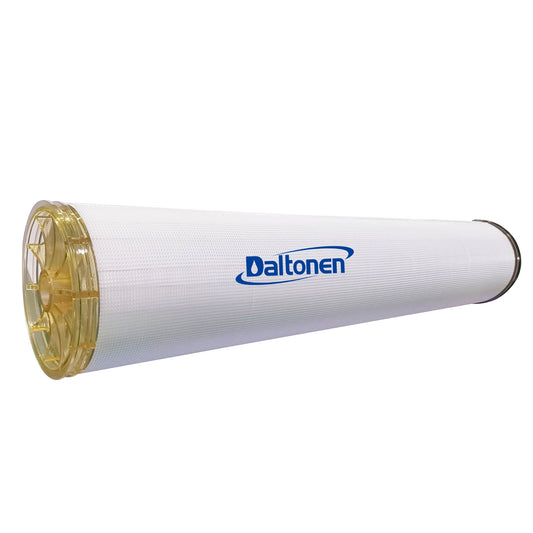Wastewater Treatment Process in the Papermaking Industry
Wastewater Treatment Process in the Papermaking Industry
Wastewater Treatment Methods
1.Pretreatment
Screening and Filtration: Papermaking wastewater contains a large amount of suspended solids and fibers. If not removed in advance, these substances can clog and damage subsequent treatment equipment. Screens and filters can effectively remove large suspended solids and fibers from the wastewater, ensuring the normal operation of subsequent equipment. For example, in a certain papermaking factory's wastewater treatment, about 30% of suspended solids and fibers were removed through screening and filtration.
Fiber Recovery System: Papermaking wastewater contains a large amount of fiber, which can be recycled and reused to reduce the pollution load of wastewater and save production costs. Through a fiber recovery system, fibers in the wastewater can be separated and reused in papermaking production. In a certain case, the fiber recovery system could recover 80% of the original fiber content in the wastewater for supplementation in the papermaking workshop.
Flow and Quality Regulation: The flow and quality of papermaking wastewater fluctuate greatly. If not regulated, it can affect the stable operation of the entire污水处理 system. A regulating tank can balance the flow and quality of the wastewater, ensuring that the wastewater entering subsequent treatment units is relatively stable. In a certain papermaking factory's wastewater treatment, the regulating tank could control the COD concentration fluctuation of the wastewater entering subsequent units within ±10%.

2.Reverse Osmosis Treatment
Operating Pressure: The reverse osmosis process needs to be carried out under an operating pressure higher than the solution's osmotic pressure to overcome the natural osmotic pressure and allow water molecules to pass through the reverse osmosis membrane. The size of the operating pressure depends on the salinity of the wastewater and the pressure tolerance of the membrane. For papermaking wastewater, a relatively high operating pressure is usually required to ensure that water molecules can pass through the membrane while avoiding membrane damage. For example, in a certain papermaking factory's wastewater with high salinity, the operating pressure of the reverse osmosis system was set at 1.5 MPa, ensuring good water molecule permeation.
Membrane Fouling Control: Papermaking wastewater contains a large amount of organic matter and suspended solids, which can easily form a fouling layer on the surface of the reverse osmosis membrane, reducing the membrane's flux and service life. To control membrane fouling, measures such as regular cleaning and pretreatment optimization can be adopted to reduce the accumulation of pollutants on the membrane surface. In a certain case, by regularly cleaning the reverse osmosis membrane and optimizing the pretreatment process, the service life of the reverse osmosis membrane was extended by 20%.
3.Post-treatment
Disinfection: Although the water quality of reverse osmosis product water is good, disinfection is usually required to ensure the sanitary safety of the effluent. Common disinfection methods include chlorine disinfection, ultraviolet disinfection, etc., which can effectively kill bacteria and viruses in the water. In a certain papermaking factory's wastewater reuse system, the total bacterial count in the reverse osmosis product water could be reduced to below 10 CFU/mL after chlorine disinfection.
Water Quality Monitoring and Adjustment: To ensure that the effluent water quality meets the reuse or discharge standards, it is necessary to monitor the water quality of the reverse osmosis product water and make necessary adjustments based on the monitoring results. For example, if the pH value of the effluent does not meet the requirements, acid or alkali can be added for adjustment. In a certain case, by real-time monitoring of the pH value of the reverse osmosis product water and automatic addition of acid or alkali for adjustment, the effluent pH value could be stably maintained between 6.5 and 8.5.
Reverse Osmosis Membrane Selection
1.Selection Based on Wastewater Characteristics
Anti-fouling Ability: Papermaking wastewater has high contents of organic matter and suspended solids, which can easily cause membrane fouling. Therefore, reverse osmosis membranes with strong anti-fouling ability should be selected, such as anti-fouling low-pressure polyamide composite reverse osmosis membranes. This type of membrane has good tolerance to organic matter and microorganisms in wastewater, reducing membrane fouling and cleaning frequency. In a certain papermaking factory's wastewater treatment, the membrane fouling rate of anti-fouling low-pressure polyamide composite reverse osmosis membranes was about 35% lower than that of ordinary membranes.
Chemical Stability: The water quality of papermaking wastewater is complex and may contain various chemicals, requiring high chemical stability of the membrane. The selected reverse osmosis membrane should be able to stably operate in a wide pH range and withstand common chemical cleaning agents. In a certain case, the selected reverse osmosis membrane could stably operate in a pH range of 2-12 and withstand conventional acid and alkali cleaning agents, ensuring long-term stable use of the membrane.
2.Considering Wastewater Salinity
Brackish Water Membrane Selection: The salinity of papermaking wastewater is generally within a certain range. If the salinity is high, brackish water membranes should be selected. Brackish water membranes have high desalination rates and production rates, effectively removing salts from the wastewater. In a certain papermaking factory's wastewater treatment with high salinity, the desalination rate could reach over 98% using brackish water membranes, meeting the production reuse water demand.
Osmotic Pressure Calculation: Calculate the osmotic pressure based on the salinity of the wastewater and select a reverse osmosis membrane with an operating pressure greater than the osmotic pressure to ensure the smooth progress of the reverse osmosis process. In a certain papermaking factory's wastewater treatment, the stable operation of the reverse osmosis system was ensured by calculating the osmotic pressure of the wastewater and selecting a reverse osmosis membrane with an appropriate operating pressure.
3.Meeting Treatment Requirements
Desalination Rate and Recovery Rate: Determine the required desalination rate and recovery rate of the reverse osmosis membrane based on the reuse target of the treated wastewater. For example, if the wastewater needs to be reused in production processes with high water quality requirements, reverse osmosis membranes with high desalination rates should be selected, and the recovery rate should be increased through system design. In a certain papermaking factory's wastewater reuse system, the recovery rate was increased to over 75% by selecting high-desalination-rate reverse osmosis membranes and optimizing the system design, meeting the water demand for production reuse.
Production Rate: Select reverse osmosis membrane models with appropriate production rates based on actual water demand. If the water demand is large, membrane elements with high production rates should be selected to meet production requirements. In a certain large papermaking factory's wastewater reuse project, reverse osmosis membrane elements with a production rate of 50 m³/h were selected based on production water demand, ensuring the supply of reused water.

Wastewater Treatment Process in the Papermaking Industry
1、Physicochemical Pretreatment
Screening and Filtration: Wastewater first enters screens and filters to remove large suspended solids and fibers, protecting subsequent treatment equipment. In a certain papermaking factory's wastewater treatment, screens and filters could remove about 30% of suspended solids and fibers in the wastewater.
Fiber Recovery: Through a fiber recovery system, fibers in the wastewater are separated and reused. In a certain case, the fiber recovery system could recover 80% of the original fiber content in the wastewater for supplementation in the papermaking workshop.
Regulating Tank: Wastewater enters the regulating tank to balance flow and quality, ensuring that the wastewater entering subsequent treatment units is relatively stable. In a certain papermaking factory's wastewater treatment, the regulating tank could control the COD concentration fluctuation of the wastewater entering subsequent units within ±10%.
2.Biological Treatment
Hydrolysis and Acidification Tank: After physicochemical pretreatment, the wastewater enters the hydrolysis and acidification tank. Under anaerobic conditions, hydrolytic acidifying bacteria decompose large organic molecules in the wastewater into small organic molecules, improving the biodegradability of the wastewater. In a certain case, the BOD/COD ratio of the wastewater could be increased from 0.25 to over 0.4 through the hydrolysis and acidification tank, enhancing the biodegradability of the wastewater.
Contact Oxidation Tank: After hydrolysis and acidification, the wastewater enters the contact oxidation tank. Under aerobic conditions, microorganisms decompose organic matter in the wastewater through metabolic actions, reducing COD and BOD. In a certain papermaking factory's wastewater treatment, the COD removal rate in the contact oxidation tank could reach over 70%, and the BOD removal rate could reach over 85%.
3.Advanced Treatment
Ultrafiltration Treatment: After biological treatment, the wastewater enters the ultrafiltration system to further remove suspended solids and large particulates, providing qualified feed water for reverse osmosis treatment. In a certain case, the ultrafiltration system could reduce the SDI (Silt Density Index) value of the wastewater to below 3, meeting the feed water requirements for reverse osmosis.
Reverse Osmosis Treatment: The ultrafiltration effluent enters the reverse osmosis system. Under the action of a high-pressure pump, water molecules pass through the reverse osmosis membrane to become purified water, while salts, organic matter, and other pollutants are retained. In a certain papermaking factory's wastewater reuse system, the desalination rate of the reverse osmosis system could reach over 98%, with the product water quality meeting reuse requirements.
Disinfection: The reverse osmosis product water undergoes disinfection to ensure the sanitary safety of the effluent. In a certain case, the total bacterial count in the reverse osmosis product water could be reduced to below 10 CFU/mL after chlorine disinfection.
4.Reuse or Discharge
Reuse: The treated effluent can be directly reused in the papermaking production process, such as for white water reuse in paper machines and boiler feed water, achieving a cycle of water resources. In a certain papermaking factory's wastewater reuse project, the reused water volume accounted for over 40% of the total production water volume, effectively conserving water resources.
Discharge: If reuse is not possible, ensure that the effluent water quality meets discharge standards to reduce environmental pollution. In a certain papermaking factory's wastewater treatment, the COD concentration of the treated effluent was below 100 mg/L, the BOD concentration was below 20 mg/L, and the SS concentration was below 70 mg/L, meeting national discharge standards.


